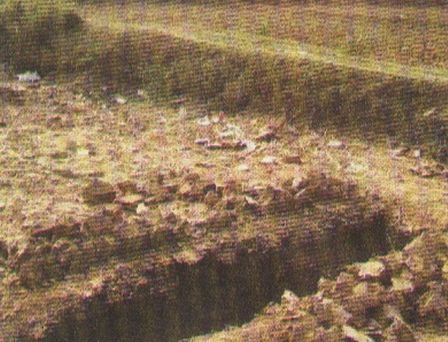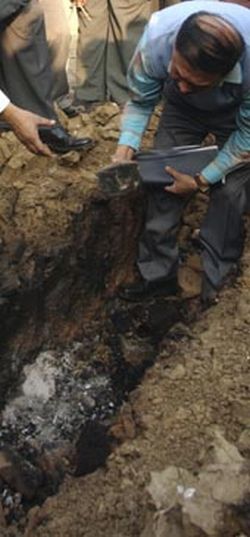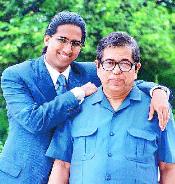
The CBI has arrested CPI-M leader Suhrid Dutta in the connection with the famous Tapasi Malik murder case. Dutta currently holds the post of Hooghly district committee member.
According to the report, the CBI had sent a summon on Mr. Dutta to his Singur resident where he lives. The CBI had detained Dutta at Salt Lake and had interrogated him for five hours. During the interrogation, Dutta never accepted about his involvement in the murder case.
When CBI arrested him, Dutta fell ill and the CBI officials rushed him to Bidhannagar Sub-divisional Hospital for medical check up. CBI interrogated five other people in connection with the case including CPI-M supporters Subodh Kolay, Mahadeb Santra and Dilip Malik.

The report said that they all are residents of Singur and they were also present at the Tata’s small car project site at the time when the murder took place.
Earlier, CBI had taken another accused Debu Malik to Delhi for a lie-detector test. During the test, Debu had reportedly named five other persons and confirmed their involvement in the murder. When Debu was taken back to Kolkata, the Singur Krishi Jomi Raksha Committee staged a rally demanding to give capital punishment for Debu.

On the other hand, other CPI-M leaders at Singur have strongly condemned CBI’s decision to send summons to Suhrid Dutta.
Ranjit Mondal, a CPI-M Singur zonal committee member and chairman of Singur Panchayat Samiti expressed fear that Dutta’s arrest may trigger anger among the residents of Singur.
According to some previous reports, at around 4:30am on 18 December 2006, 18-year-old Tapasi Malik had come out from her house in Bajemelia village in Singur area to go to toilet. Later, her body was found burnt and buried at site of Tata’s project.
The Asian Human Rights Commission (AHRC) has received information that the body of Tapasi Mailk was found burnt inside the disputed land in Singur. The local people said that the girl was raped and then set on fire to hide the crime.
The report said further that the police allegedly refused to register the complaint that was lodged by the girl’s father. The police had given the theory that the girl had committed suicide.
The AHRC said on this case that the police theory was very doubtful. The major question was how the girl could enter the land surrounded by fences and guarded by more than 4,000 police officers and persons from the Communist Party of India-Marxist (CPIM) party members.




